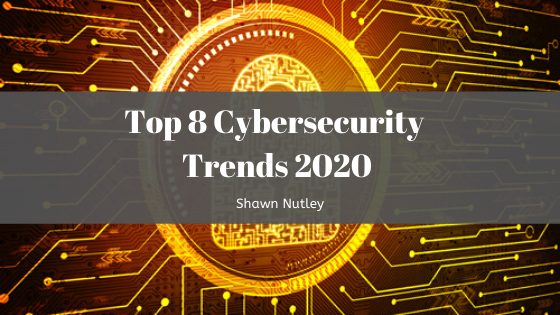2020 will deliver big changes to current technology. While the world of tech always has big surprises and creates major change seemingly overnight, many of these changes have been on the horizon for quite some time.
Security and automation are at the core of future changes. Here are eight trends coming through in 2020 that will challenge security, automation, cloud computing, and core tech competency.
Managed Service Providers Under Attack
Managed service providers (MSPs) deliver easier ways to handle IT, human resources, business administration, and many other parts of business that can be handled by remote workers.
Many businesses purchase MSP agreements the same way they’d purchase a software–like a box on a store shelf. For tech businesses, the platforms used to provide support are also bought like boxes on a shelf.
Unfortunately, many of these products can be exploited–not just because they’re new and experimental, but because any startup can copy and edit code for their own MSP platform.
Hacking MSPs to hack bigger batches of businesses rather than targeting specific businesses is how cyber criminals will make their attacks more efficient.
Endpoint Security Buyouts and Buy-Ins
Coincidentally, many security services exist as boxes on the shelf as well. Some startups and niche security companies are being bought by larger companies.
With Blackberry acquiring Cylance and VMWare acquiring Carbon Black, many existing tech services and hardware companies are entering the security space by bringing the security that their clients need under the same roof as their tools and techniques.
5G Opportunities and Risks. Mostly Risks
5G brings at the very least a massive boost in bandwidth, allowing more information to flow faster and with better consistency.
While many services can become more powerful and bigger platforms can operate entirely in cloud services, security risks are broadened as well. Already vulnerable wireless technology will be even more vulnerable in the future without active security changes.
IoT Continues Despite Growing Pains
IoT continues the story of new opportunities with old risks. While IoT breaches continue to happen, the world of logistics and service delivery has to move forward.
With more advanced network-connected devices that give more information through meters and sensors, tech companies need to wrestle with future IoT dependency and the high risks associated with breaches.
Cloud Security Problems and Subject Matter Experts
In spring 2019, Capital One was breached by former Amazon Web Services (AWS) employee Paige A. Thompson. Due to firewall misconfiguration, Thompson was able to access and compromise over 106 million customers and applicants in the US and Canada.
The breach highlights multiple issues, ranging from the complexity of cloud computing to the newness of cloud computing as it goes through countless changes. Although Capital One’s security team was praised by Amazon ahead of a Senate push for an FTC probe.
While early configuration details are murky–as it was unclear how complex or simple the mistakes were–it highlights the abuse of insider knowledge from a former employee.
It was an abuse of a system that has less than a decade of certification experience. The official certification platform began in 2013, and in a rapid era of digital technology change, hiring professionals could make huge mistakes while vetting potential hires in 2020.
Digital World Regulations Create New Opportunities
Whether it’s the IAVA compliance of old or GDPR, many companies scramble to become compliant. Multiple countries and regions have different approaching compliance, and some businesses fall under multiple compliance demands.
GDPR remains the major global leader of compliance due to its European Union-wide responsibilities. No matter how smart your tech team seems, it’s best to at least bring in a few mock inspections to ensure compliance.
More companies are emerging to deliver compliance as a service and testing/inspection. With these companies comes promises of actual compliance, and just as business leaders need to be careful about competent security, fake compliance is a risk.
Some Tech Opportunities Include Talent Shortages
Cybersecurity is the theme of many of these changes, and even though recent events have highlighted a need for more security, it’s not a new demand.
Many parts of the tech world experience talent shortages, despite an educational push towards tech interests in general. While there are many general programmers, technicians, engineers and analysts, they aren’t always specific to a need.
While cybersecurity started as a networking focus with a bit of coding experience, it is very much an independent study that needs specialists for the time being–and there aren’t enough of them quite yet.
Bigger Cybersecurity Spending
More security risks means more spending on security.
Whether due to compliance requirements or simply not wanting millions of dollars in digital and productivity damage, companies have increased security-specific spending.
Hiring security talent, buying security services, and upgrading hardware are the more popular spending areas. Companies also need to plan for if–not when–a breach happens by purchasing cyber incident insurance.
This form of business insurance provides coverage in the event of cyber theft, data breaches, or other cyber events. Paying out settlements, buying credit monitoring for exposed victims, and litigation costs are often main coverage points.
While security is at the forefront of 2020, there are many technological advancements and scientific endeavors to keep in mind. Contact a cybersecurity expert to discuss other tech points, or to secure your tech assets.

